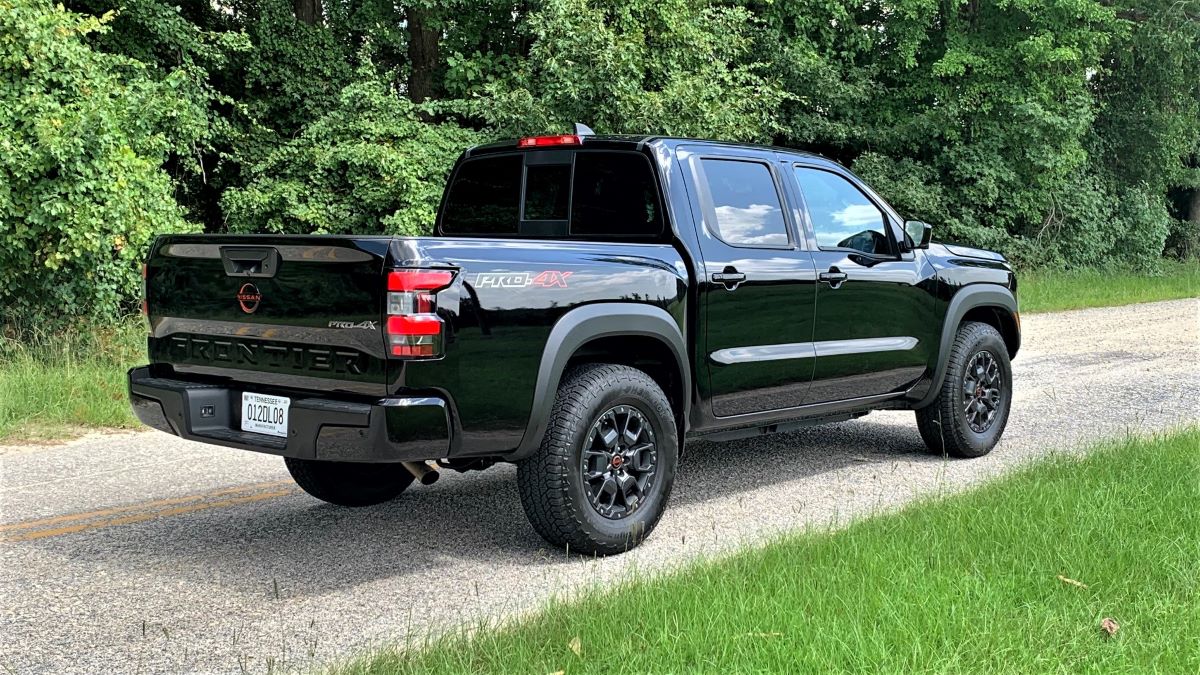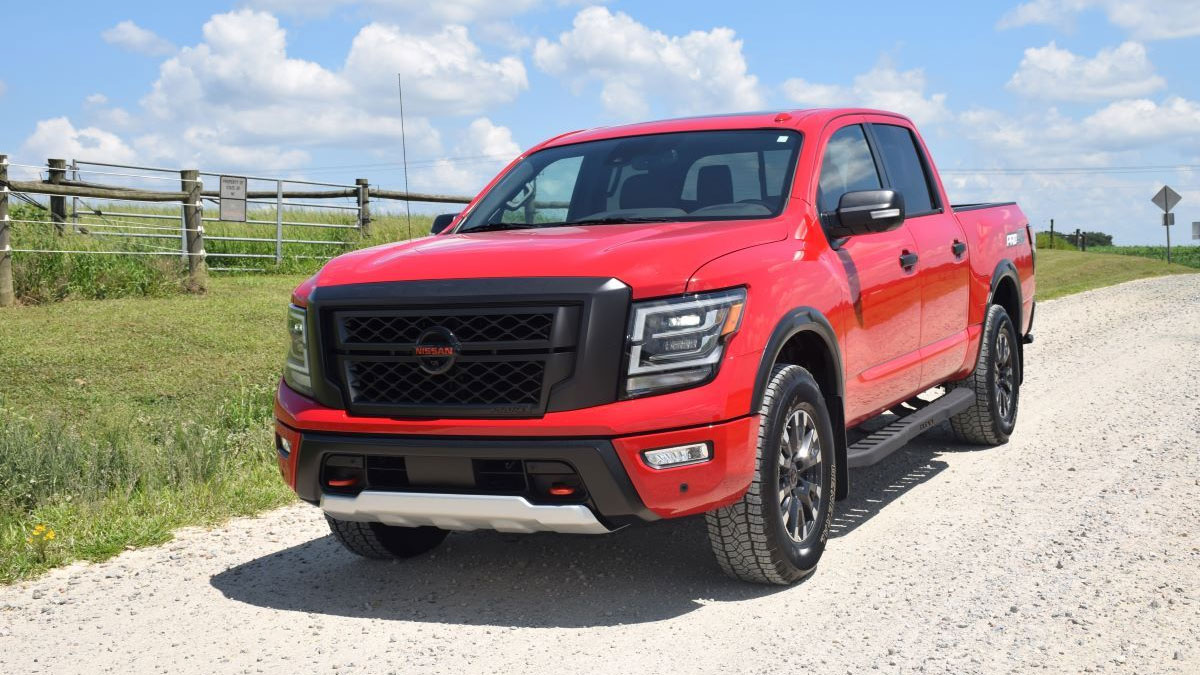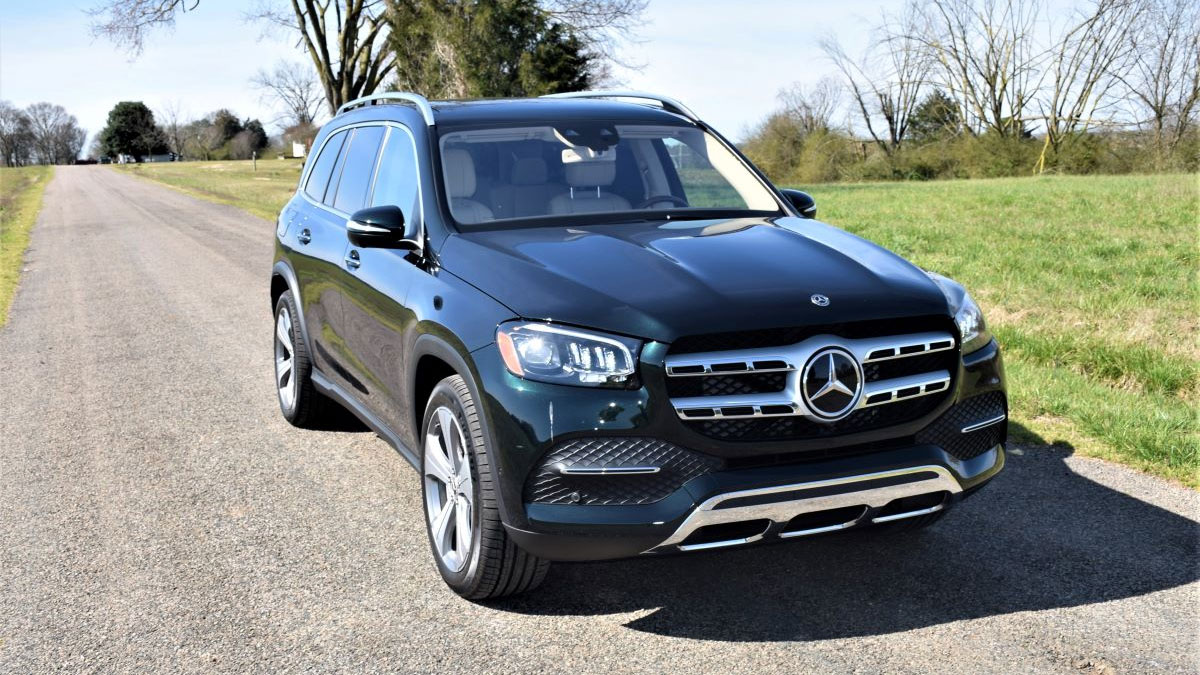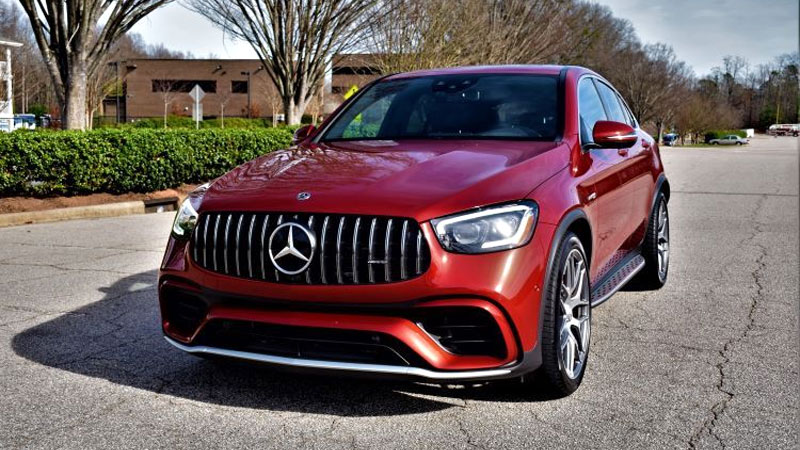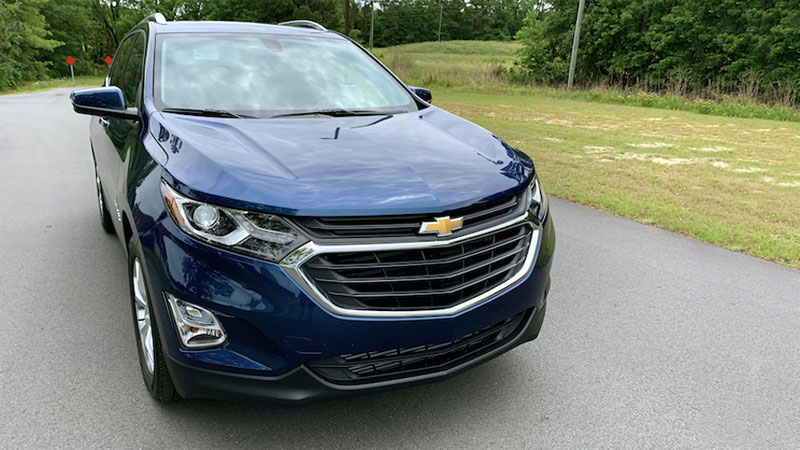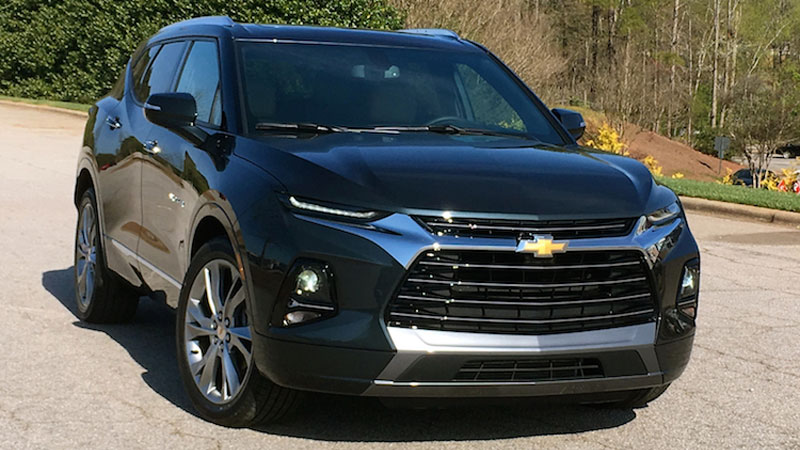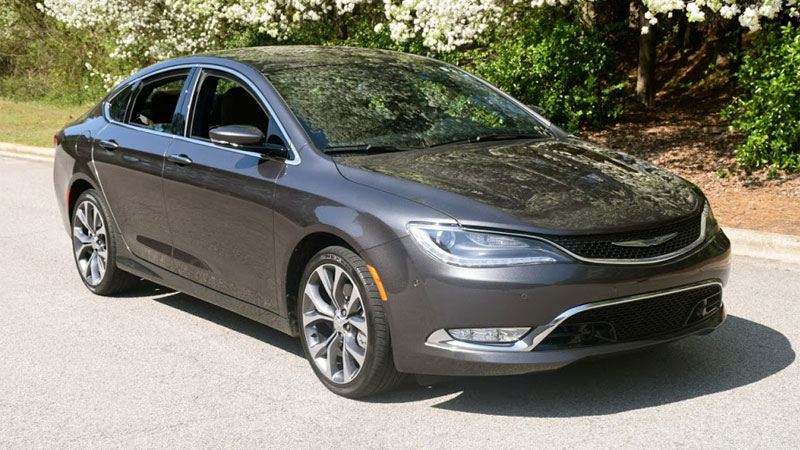The 2022 Nissan Frontier Gets a Modern Makeover
We drive the 2022 Nissan Frontier and laud it for its many improvements. It has been a long time coming, but finally, it is here: a new Nissan Frontier pickup truck. This vehicle launches the Frontier’s third generation, although it shares the previous model’s frame. Bold styling, an advanced powertrain, … Read more

